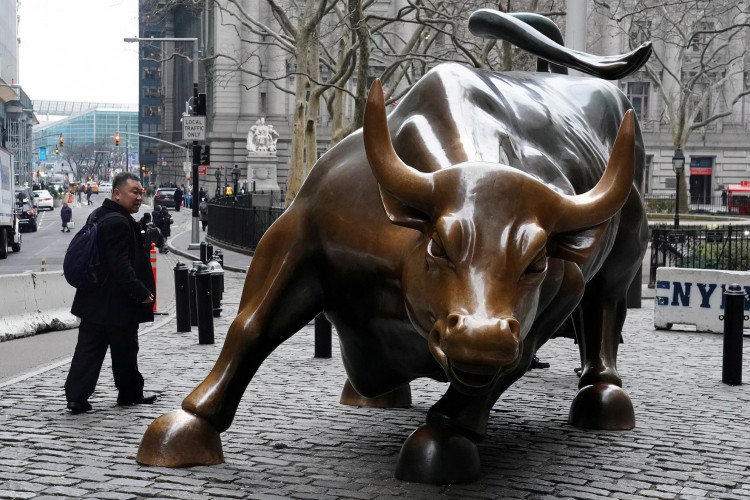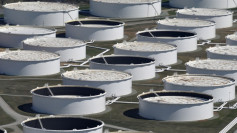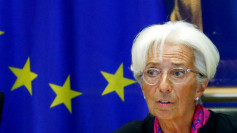Goldman Sachs has declared an end to the historic 11 year-long Wall Street bull market run -- the longest economic expansion in American history -- that pushed equities markets to record highs and helped build today's strong U.S. economy.
The bull market, which began in February 2009, met its doom at the hands of the raging COVID-19 outbreak that triggered three straight weeks of unnerving volatility and historic lows. This unnerving volatility continued into Wednesday when the Dow Jones Industrial Average plummeted into bear market territory.
"After 11 years, 13% annualized earnings growth and 16% annualized trough-to-peak appreciation, we believe the S&P 500 bull market will soon end," wrote David Kostin, Goldman Sachs chief U.S. equity strategist.
Kostin also said the historic fall in interest rates is unlikely to prevent a "collapse" in second- and third-quarter profits. His forecast for weaker 2020 earnings, however, hinges on lower oil prices and interest rates that "diminish Energy and Financial company profits."
Kostin slashed his mid-year S&P 500 forecast to 2,450. What this indicates is Goldman now sees the equities market falling a further 15% beyond Tuesday's close to levels not seen since December 2018. In other words, Goldman now sees Wall Street down another 15% on top of its 14% loss incurred over the last month.
The S&P 500 and Dow are both down more than 14% from all-time closing highs hit in February. Growing fears of an economic recession remain a festering source of volatility for the market, which hasn't seen a daily move of less than 1% since February
Wall Street's renewed rout Wednesday seemed to affirm Goldman's calculations. The 30-stock Dow crashed 1,464.94 points, or 5.9%, to close at 23,553.22. It closed in a bear market, down more than 20% below the record close set only this February.
The S&P 500 ended trading 4.9% lower at 2,741.38 and just short of a bear market. The NASDAQ Composite lost 4.7% to 7,952.05 and was 19% below its all-time high. A 20% decline is considered a bear market on Wall Street.
"We can see the panic in the equity market," said Jerry Braakman, chief investment officer of First American Trust. "The big question for most people is, are we at the bottom yet? I think we're only about halfway there."
Wall Street's losses jumped on Wednesday after the World Health Organization (WHO) officially declared the outbreak a global pandemic.
Kostin, however, expects a rebound later this year to boost the S&P 500 to 3,200 by year's end, which is 11% higher from current levels.
Economist openly fret the impact on productivity and output by COVID-19 might be so severe it could plunge some economies -- including the U.S. -- into a recession. The Dow posted its worst day since the 2008 financial crisis on Monday with a plunge of more than 2,000 points only to halve those losses on Tuesday with a rally that saw prices rise 5%.
"Both the real economy and the financial economy are exhibiting acute signs of stress" wrote Kostin. "Supply chains have been disrupted and final demand has declined for many industries. Travel is contracting sharply as both individuals and businesses restrict movement,"
Kostin said airlines, hotels, cruises, and casinos report plunging demand, lower occupancy, and cancellations while employees are either being fired or asked to go on leave.






